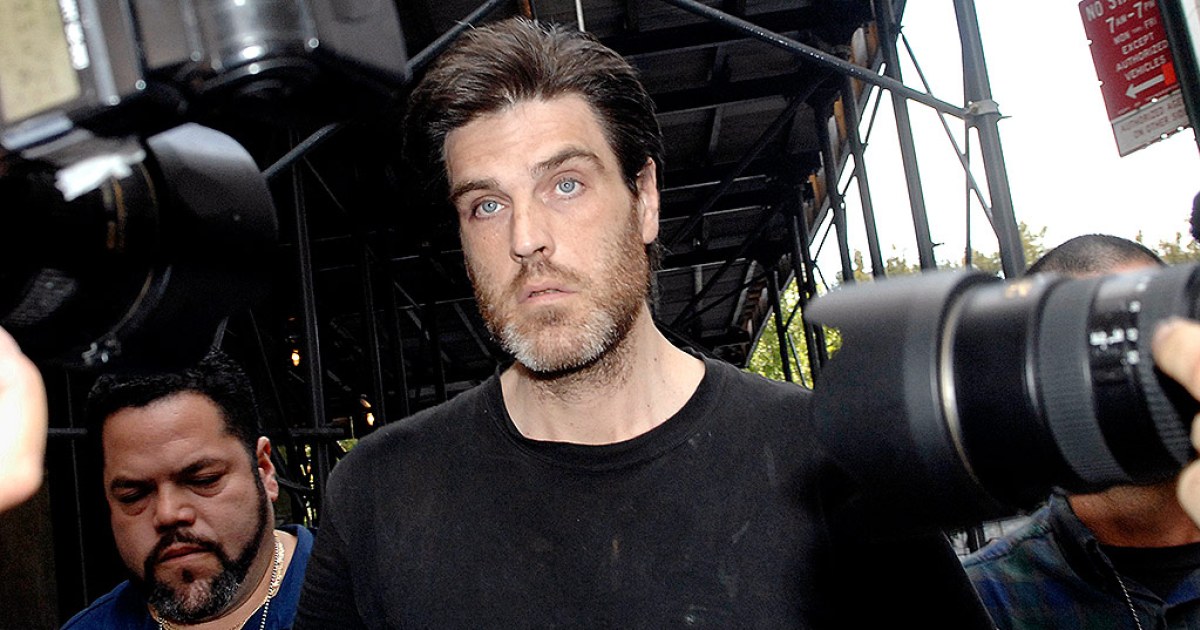The “Preppy Murder” documentary tells us a lot about life in the 1980’s … and maybe about life now.
That starts with the fact that the case drew such fevered attention. “Before O.J. Simpson, this was the trial of the century,” tabloid reporter Steve Dunleavy says in “The Preppy Murder: Death in Central Park,” a compelling, three-night cable documentary that starts Wednesday (Nov. 13).
And that was partly for the same reason the Simpson case drew such attention: The victim was young, female and attractive; the suspect (shown here) looked more like a hero than a villain.
“If something happened in Central Park to a white person, you paid attention,” said Magee Hickey, who covered the 1986 case for a New York TV station.
Jennifer Levin was 18, a week away from going to Boston for college. In the film, people use the words “bubbly,” “outgoing,” “starry-eyed,” “magnetic,” “kind,” “funny,” “warm” and more. “She was very popular, always around people, happy, doing well in school.” said her mother, Ellen Levin.
And the suspect? Early reports focused on his looks. “I think every girl in school had a crush on him …. He was the perfect guy,” one girl said at the time.
Robert Chambers is tall – variously listed as 6-3 to 6-5, but generally 6-foot-4 – with “a chiseled jawline (and) piercing blue eyes,” former girlfriend Margo Manhattan said.
In its official records, one prep school noted that he was “a tall, handsome and charming young man,” before mentioning his grades – C’s and D’s, with the occasional F.
Even if Chambers really did fit his preppy image, he should have been treated like any other murder suspect. But he was nowhere near the image, one cop said; he was “a dissolute, sociopathic drug addict who had no interest in anyone but himself.”
His mother wasn’t rich, but knew the wealthy. At various times, the film says, she had been a private nurse for the Hearst and Hammerstein families and for Jacqueline Onassis and Cardinal Terence Cooke. A devout Catholic, she had separated from Chambers’ father, but refused to divorce.
Instead, she focused on her son, an altar boy and a student at top prep schools. “He kept being kicked out of schools,” said Mike Sheehan, the lead detective on the case.
He had a drug habit by 14, Sheehan said, and kept stealing. “There was no accountability,” said Linda Fairstein, the prosecutor on the case.
Friends began noticing that their parents’ valuables – jewelry, even furs – disappeared after Chambers was at parties. “I think he felt he was entitled to their stuff,” Manhattan said.
Once, he and a friend went on a spending spree with a girlfriend’s credit card. When her parents complained, the friend’s father sent a check for $3,120.
Another time, he was accused of a much larger theft. The victims agreed not to say anything if he would go to rehab. He did … but later left and showed up at the apartment of a teen-aged girlfriend whose parents were away. They had sex, she said, and then he took the $55 in her wallet.
The next night, she said, she confronted him in a bar and flung condoms at him. Levin, another girlfriend, came over to talk to him. They walked to Central Park, where she was killed.
Most of that was withheld from the jury. Instead, Powers’ lawyer, Jack Litman, began a media push.
His client was “a very good-natured young man,” he said. An archbishop (later removed for sexual abuse of altar boys) wrote a letter praising his “gentleness and a very special respect for persons.”
Instead, it was Levin who was attacked. “The blame-the-victim tactics were so obvious, it was almost evil,” her mother said.
In the ’80s – and maybe now – there was a double-standard. Levin was a teen who wanted sex; she had done it a few times with Chambers. For a female, this was described as evil.
“She was a wholesome kid,” a friend said, “and she was painted as a whore.”
Litman even told reporters she had a “sex diary” that he demanded to see. It was eventually shown to the judge, who said it was just a list of her friends’ phone numbers.
The trial described it as “rough sex” gone wrong. After nine days, the jury remained stuck, with eight of 12 voting guilty; prosecutors accepted a lesser plea to manslaughter.
All of that is laid out carefully in this documentary, which gives ample room for one of the late Litman’s colleagues to defend the tactics. Viewers might emerge enraged at the light sentence.
Or not. Ellen Levin became a lobbyist, helping pass 13 New York laws that protect victims. Robert Chambers continued to get in trouble in prison and during his brief time before being arrested again.
The next time he’s free, the film says, he’ll be 58 … having wasted almost 40 years of a life that started with lots of advantages.
-
“The Preppy Murder: Death in Central Park”
-
9-11 p.m. Wednesday and Thursday (Nov. 13-14), 9 p.m. Friday, Sundance and AMC
